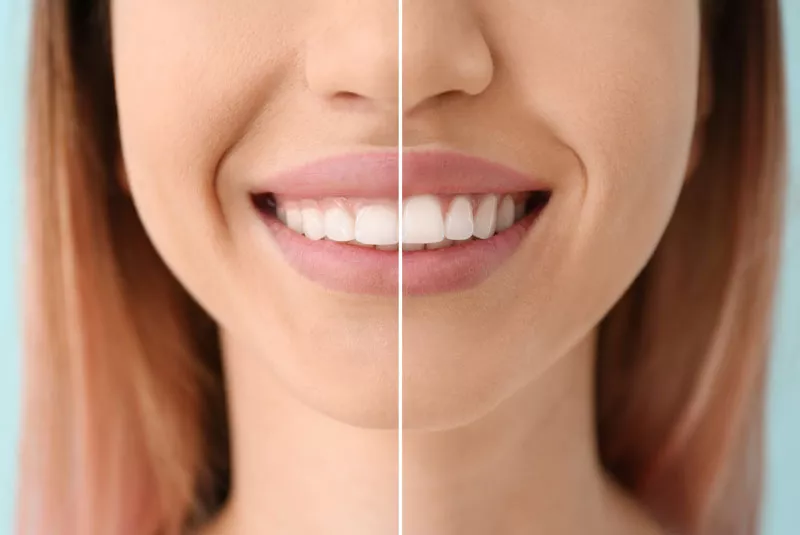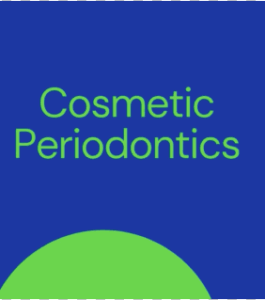Crown Lengthening
Crown lengthening is generally performed to improve the health of the gum tissue or to prepare the mouth for restorative or cosmetic procedures. In addition, crown lengthening procedures can also be used to correct a “gummy” smile, where teeth are covered with excess gum tissue. Crown lengthening exposes more of the natural tooth by reshaping or recontouring bone and gum tissue. This treatment can be performed on a single tooth, many teeth, or the entire gum line, exposing an aesthetically pleasing smile.
Reasons for crown lengthening
Crown lengthening is a versatile and common procedure that has many effective uses and benefits. The vast majority of patients who have undergone this type of surgery are highly delighted with the results.
Here are some of the most common reasons for crown lengthening:
-
Restoration of damaged teeth – Periodontal disease can cause severe damage to the teeth, as can trauma and decay. Where teeth have been broken beneath the gum line, crown lengthening can be used to prepare the area for a new restoration to correct the damaged teeth.
-
Cosmetic uses – Extra gum tissue can make teeth look unnaturally short and can also increase susceptibility to periodontal infections. Removing excess gum tissue can restore a balanced, healthy look and improve the aesthetic appearance of the smile.
-
Dental crowns – Crown lengthening provides more space between the supporting jawbone and dental crown. This prevents the new crown from damaging gum tissues and bone once it is in place.
What does crown lengthening involve?
Your dentist will make a series of small incisions around the soft tissue in order to separate the gums away from the teeth. Even if only one tooth requires the re-contour, neighboring teeth are usually treated to provide a more even reshaping. Separating the gums provides your dentist with access to the roots of the teeth and the underlying bone.
In some cases, the removal of a small amount of tissue will provide enough tooth exposure to place a crown. In other cases, your dentist will also need to remove a small amount of bone from around the teeth. The bone is usually removed using a combination of special hand instruments, and rotary instruments. The rotary instruments roughly resemble the drill that is used in cavity treatment.
The teeth will look noticeably longer immediately after surgery because the gums will have been repositioned. The teeth will look noticeably longer immediately after surgery because the gums have now been repositioned.
Your dentist may secure the surgical site using an intraoral (periodontal) bandage which serves to prevent infection. Prescriptions may be provided for pain medication, and a chlorhexidine (antimicrobial) mouth rinse will be given to help reduce any bacteria attempting to recolonize. The surgical site will be completely healed in approximately two to three months.







